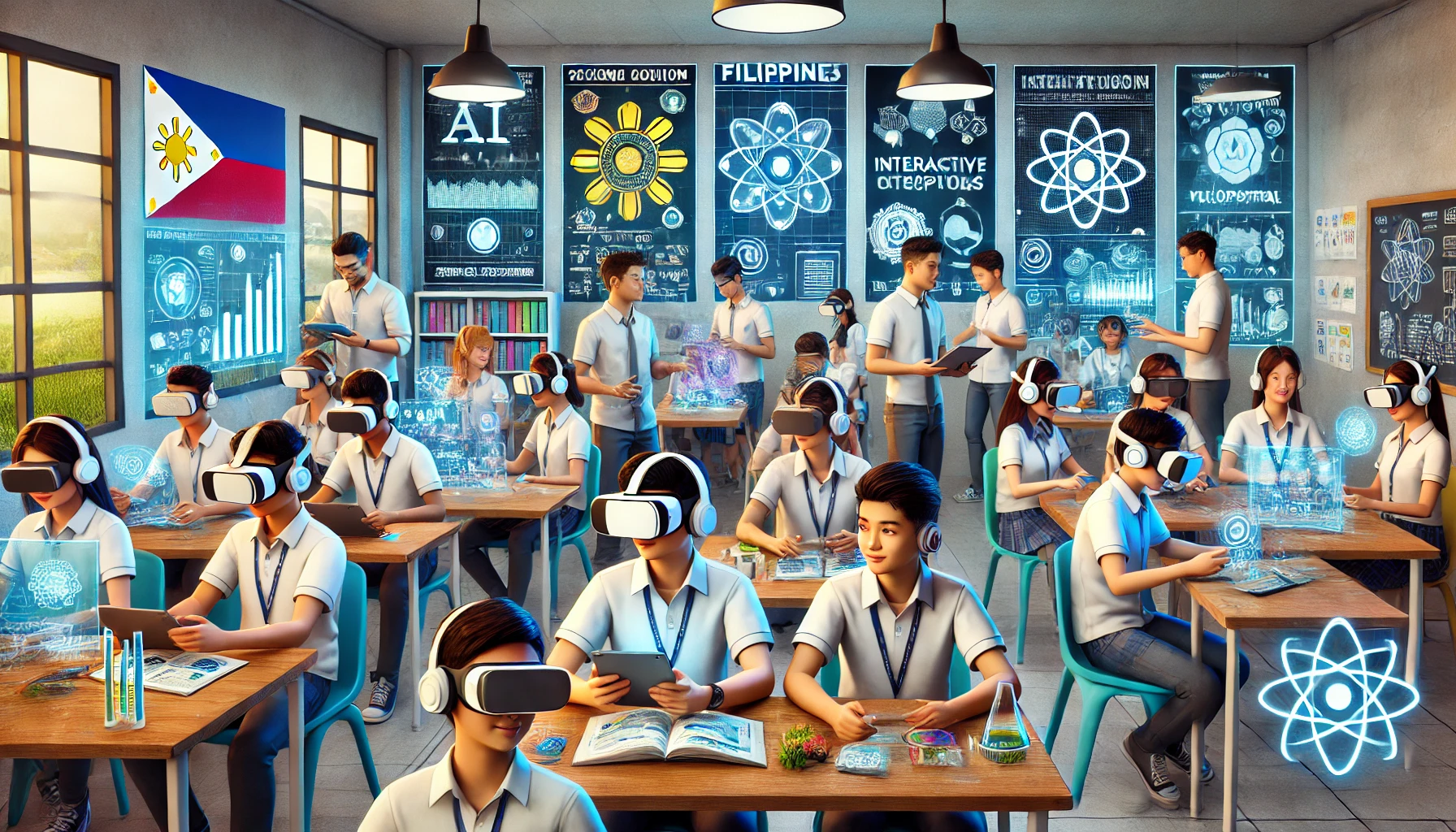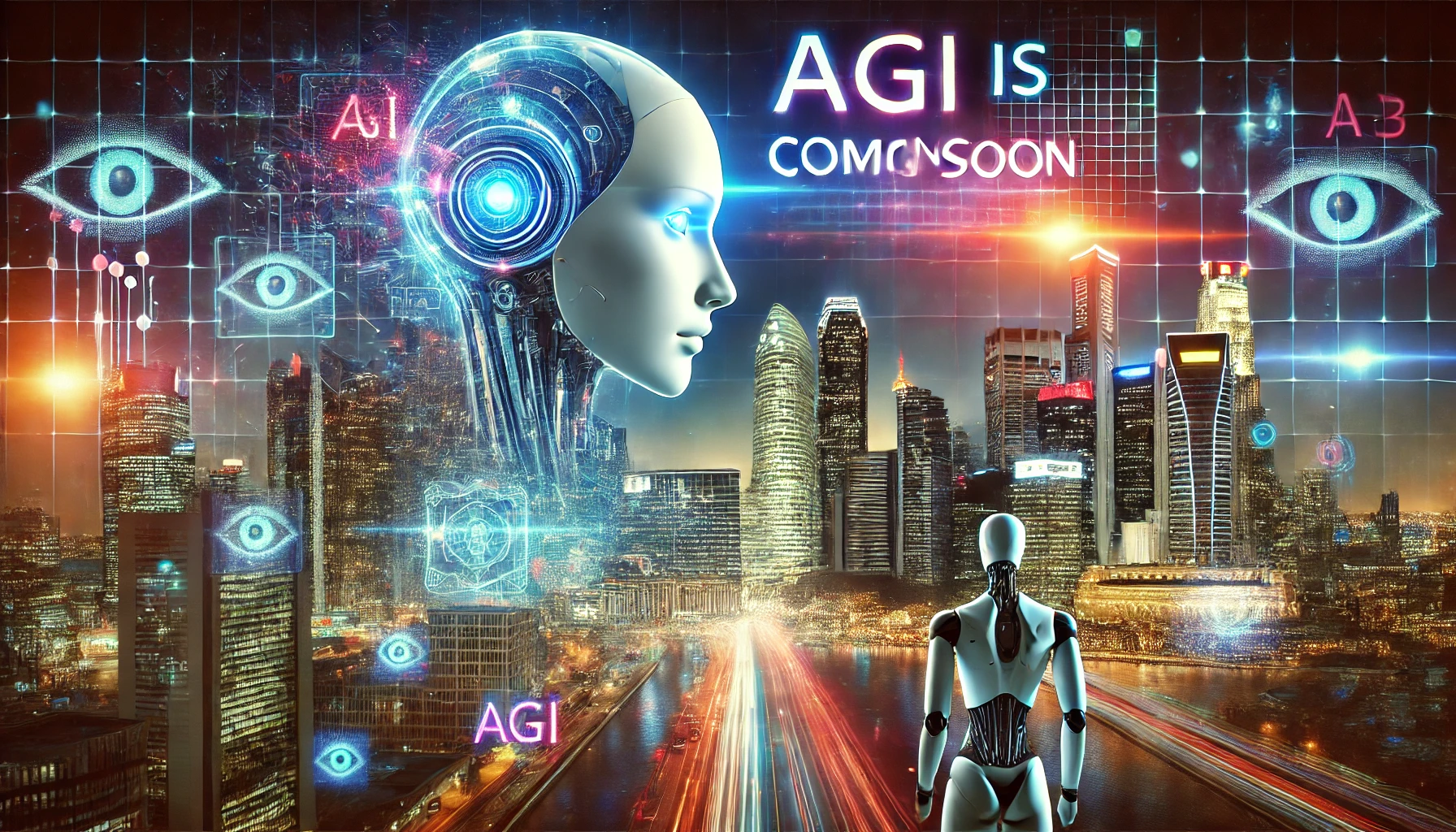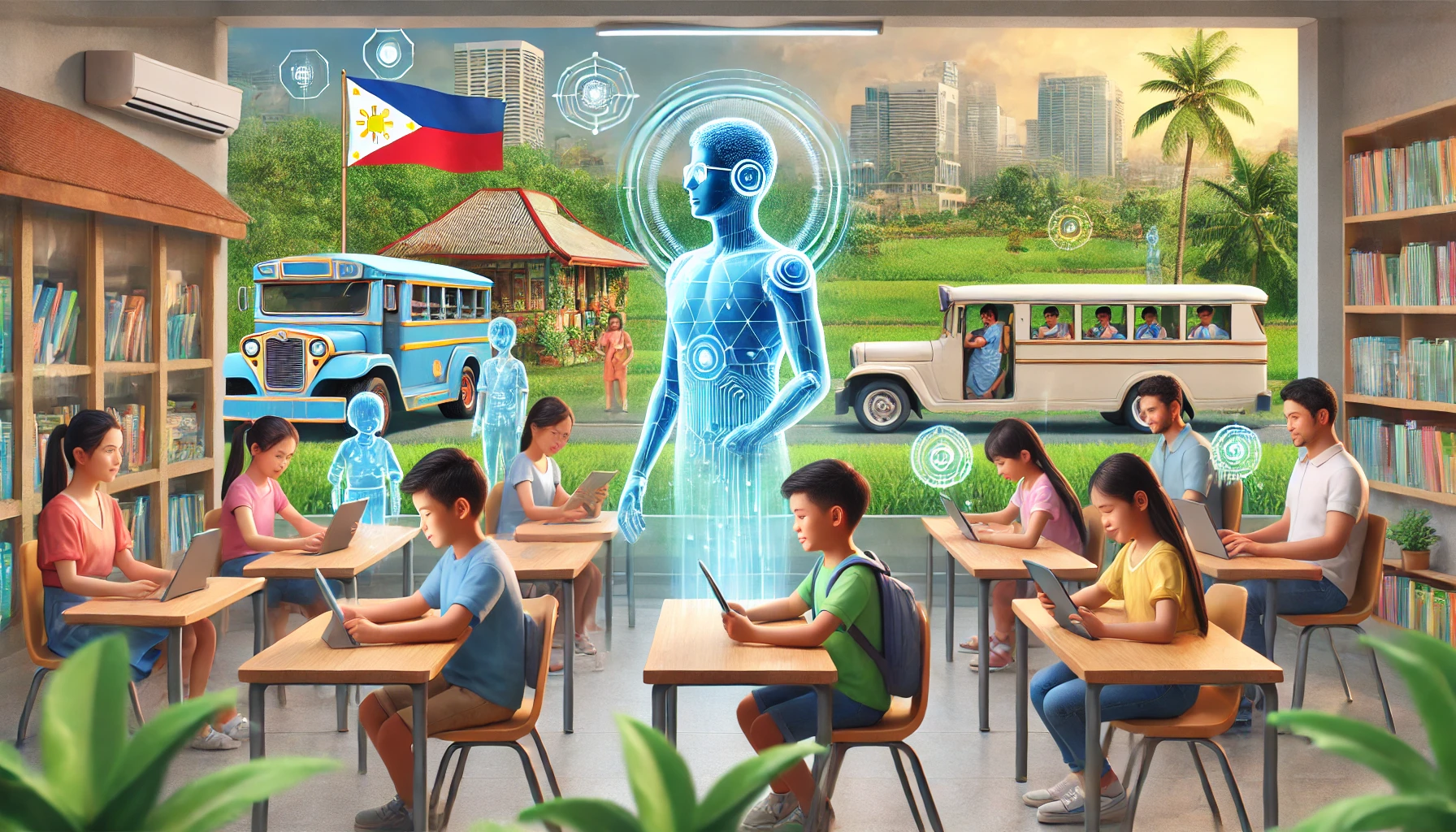Advanced General Intelligence (AGI) has the potential to revolutionize STEM (Science, Technology, Engineering, and Mathematics) education in the Philippines by addressing key challenges like resource scarcity, geographical limitations, and varying educational standards. Below are examples of how AGI-powered tools and methods can enhance accessibility and quality:
1. Personalized Learning Paths
AGI can assess individual students’ strengths, weaknesses, and learning preferences, then generate customized learning plans.
Example:
- Adaptive Learning Platforms: AGI tools like an enhanced version of Khan Academy could provide tailored lessons to Filipino students, helping those in remote areas catch up on math or science concepts at their own pace.
2. Multilingual Support
Given the linguistic diversity in the Philippines, AGI can translate and teach STEM concepts in local languages, ensuring inclusivity.
Example:
- AI-Powered Translators: AGI systems like Google Translate’s next evolution could translate STEM textbooks, videos, and materials into Filipino, Cebuano, or Ilocano, bridging language barriers in education.
3. Affordable STEM Kits via Localized Design
AGI can assist in designing cost-effective, localized STEM kits and experiments using easily available materials.
Example:
- 3D Printing Designs: AGI could generate blueprints for affordable, 3D-printable science tools, such as microscope components, which schools can produce locally.
4. Virtual Labs and Simulations
AGI-powered virtual labs eliminate the need for expensive physical labs, offering simulations for experiments.
Example:
- Interactive Platforms: Tools like Labster could evolve into AGI-driven platforms that allow students to conduct physics, chemistry, or biology experiments safely from any internet-enabled device.
5. Teacher Training and Support
AGI can help train teachers, providing instant assistance in lesson planning and answering complex STEM questions.
Example:
- AI Co-Teacher: A chatbot designed for Filipino educators could suggest teaching strategies, explain advanced concepts, or provide real-time assistance during lessons.
6. Affordable EdTech Access
AGI can optimize educational content for low-bandwidth environments, making it more accessible for rural areas.
Example:
- Offline Learning Solutions: AGI could enhance platforms like RACHEL (Remote Area Community Hotspot for Education and Learning), delivering preloaded, high-quality STEM resources to offline or low-connectivity regions.
7. STEM Mentorship Programs
AGI can simulate mentorship programs, connecting students with virtual tutors and role models in STEM fields.
Example:
- Virtual STEM Coaches: AGI bots could act as mentors for students, offering career advice, guiding science fair projects, or helping them prepare for competitions like the International Math Olympiad.
8. Gamification of STEM Learning
Gamified content can make STEM education engaging and fun, encouraging more participation.
Example:
- STEM Game Development: AGI could design games teaching coding, robotics, or environmental science, integrating Philippine-specific challenges (e.g., disaster preparedness or biodiversity conservation).
9. Community and Crowdsourced Solutions
AGI can help local governments and communities identify specific STEM education needs and create actionable solutions.
Example:
- Local Data Analysis: AGI tools could analyze educational performance data in rural areas and suggest targeted interventions, such as mobile STEM labs.
10. Accessible Career Guidance
AGI can provide guidance on STEM career pathways tailored to the Philippine job market and global trends.
Example:
- Career Navigator Tools: AGI could build tools that suggest careers, scholarships, or internships based on students’ skills, interests, and regional opportunities.
Challenges and Solutions:
- Digital Divide: Providing affordable devices and connectivity solutions will be crucial.
- Solution: AGI can help optimize educational materials for mobile devices, given their prevalence in the Philippines.
- Cultural Relevance: STEM content must be adapted to Philippine contexts.
- Solution: AGI can include examples from local industries like agriculture, fisheries, and disaster management.
By leveraging AGI, STEM education can become more inclusive, engaging, and effective for all Filipino learners, regardless of their socioeconomic background or location.
[SEO optimized]


